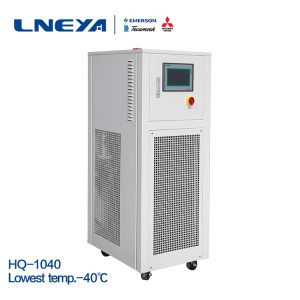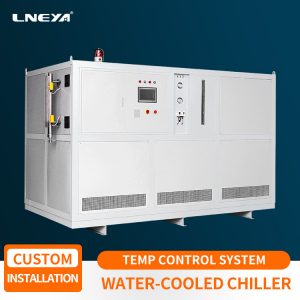日常化学、製薬、化学産業におけるチタン製リアクターの温度制御

The advantages and trends of titanium reactors in the daily chemical and pharmaceutical industries, titanium reactors will play a huge advantage in the future. Reaction equipment used to complete processes such as sulfonation, nitration, hydrogenation, alkylation, polymerization, condensation, and many other processes of organic dyes and intermediates. It has excellent properties such as super corrosion resistance, non-magnetic, high temperature resistance, pressure resistance, and bio-affinity.
The titanium reactor needs special attention during operation, otherwise it is prone to damage and causes unnecessary production stoppage. The chemical industry uses a large number of titanium reactors. Due to the corrosiveness of the medium, the hot and cold reaction conditions, transportation, use, and human-made problems, the enamel layer is easily damaged and affects the entire production. If a large area falls off, it needs to be returned to the factory for a new one. enamel.
The temperature of the reaction body in the kettle should be cooled at 110 degrees, and the temperature difference between the temperature medium and the reactor should not exceed 90 degrees to avoid cold shock damage to the equipment. This requires the use of high-precision temperature control equipment. Our LNEYA heating and cooling circulators are suitable for temperature control of most reactors.
The structure of the reactor is basically the same. In addition to the reactor body, there are transmission devices, stirring and heating (or cooling) devices, etc. Thus, the reaction temperature can be uniformly controlled. The temperature control of the reactor depends on the temperature change of the heat transfer oil in the jacket of the reactor to control the temperature in the reactor.
The heating, cooling, and temperature control systems of the reactor are sealed, no oil mist is produced at high temperature, and no water vapor is absorbed at low temperature. It is a heat transfer medium that can control the temperature of -100-200 degrees and the cooling capacity of 1kW-80kW in the same machine.
Closed liquid circulation system with expansion vessel. The expansion vessel is insulated from the liquid circulation and is only connected to the machinery and does not participate in the liquid circulation. Regardless of the temperature in the liquid circuit, the medium in the expansion vessel is below 60°C.
The working principle of our LNEYA dynamic temperature control system SUNDI series equipment is like this, and it is the best choice in the reaction vessel temperature control system in the industry.
関連推奨品
-
低温チラーの過冷却はどうなるのか?
966周知のように、低温冷凍機は産業界で広く使用されている一種の専門的な冷凍設計である。効果的な極低温環境を提供できる反面、過冷却による異常現象も見られます。通常、低温チラーを使用することで、低温環境下での...
詳細を見る -
アンモニア冷凍システムにおける産業用チラーの排出運転ステップ
1057The rubber hose used to connect the outlet valve joint causes one end to be inserted into the water of the water container. When the ammonia in the mixed gas is cooled into ammonia liquid, the bottom of the air separator will frost. At this time, ...
詳細を見る -
小型ガスコンデンシング液化システムのパラメータ
1188ガソリンの積み下ろしや車両への給油、化学工場からの高濃度ガスの回収などの工程で。吸着や凝縮の過程で1つか2つの方法、またはガ...
詳細を見る -
大型冷凍機の消費電力の理由は?
953大型冷凍機の運転中、冷却能力と作業条件が電力消費の主な問題となるが、無駄な電力消費を避けるためには、明確に理解する必要がある。規模が大きくなると、消費電力は大きくなる。
詳細を見る
 LNEYA工業用冷凍機 メーカー サプライヤー
LNEYA工業用冷凍機 メーカー サプライヤー












